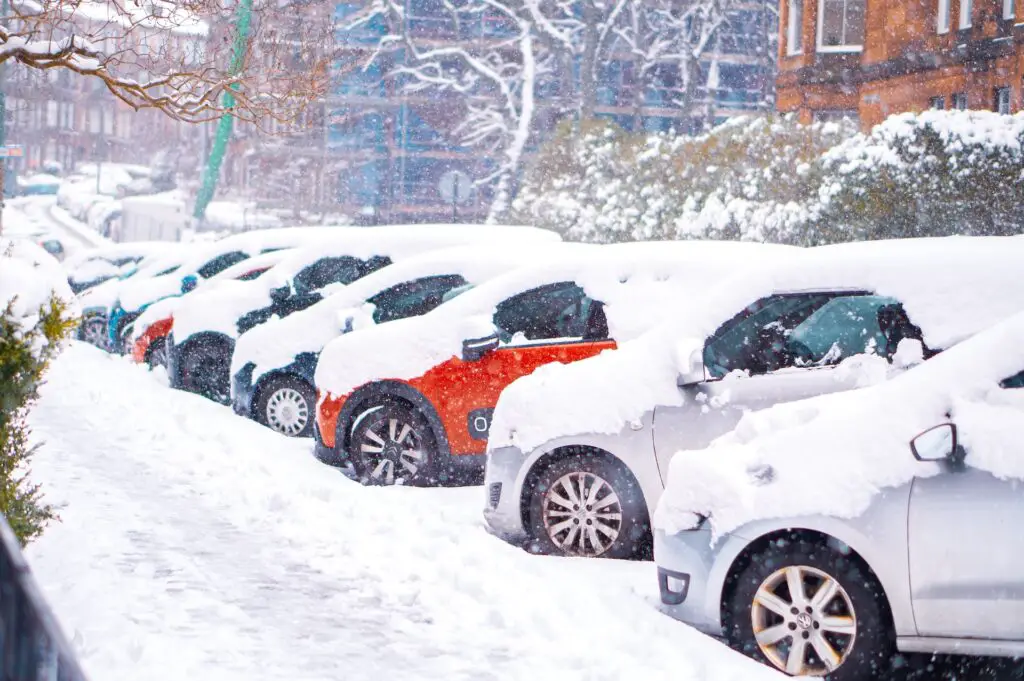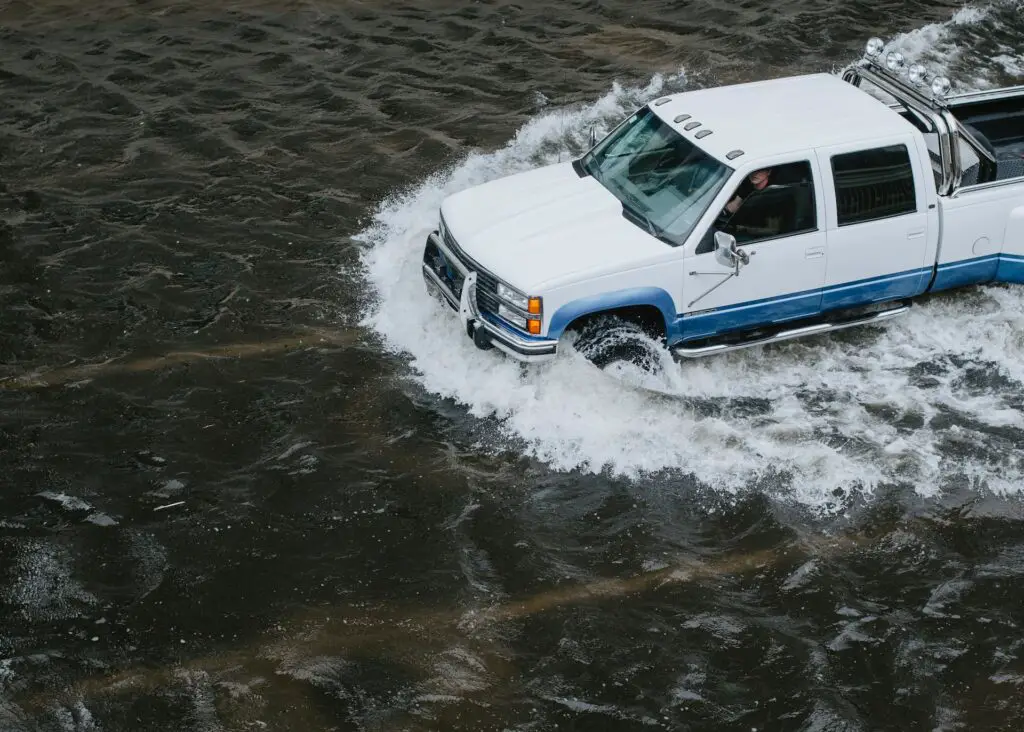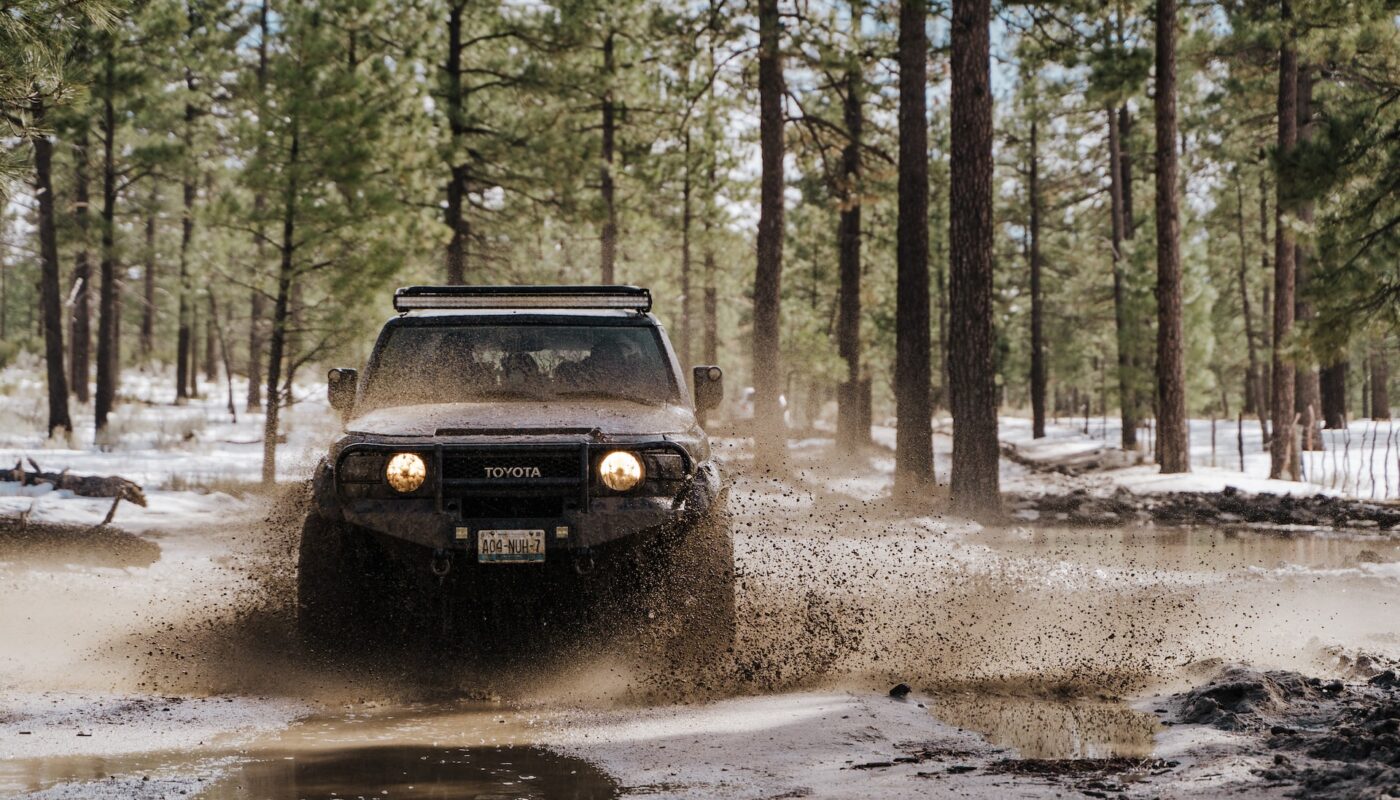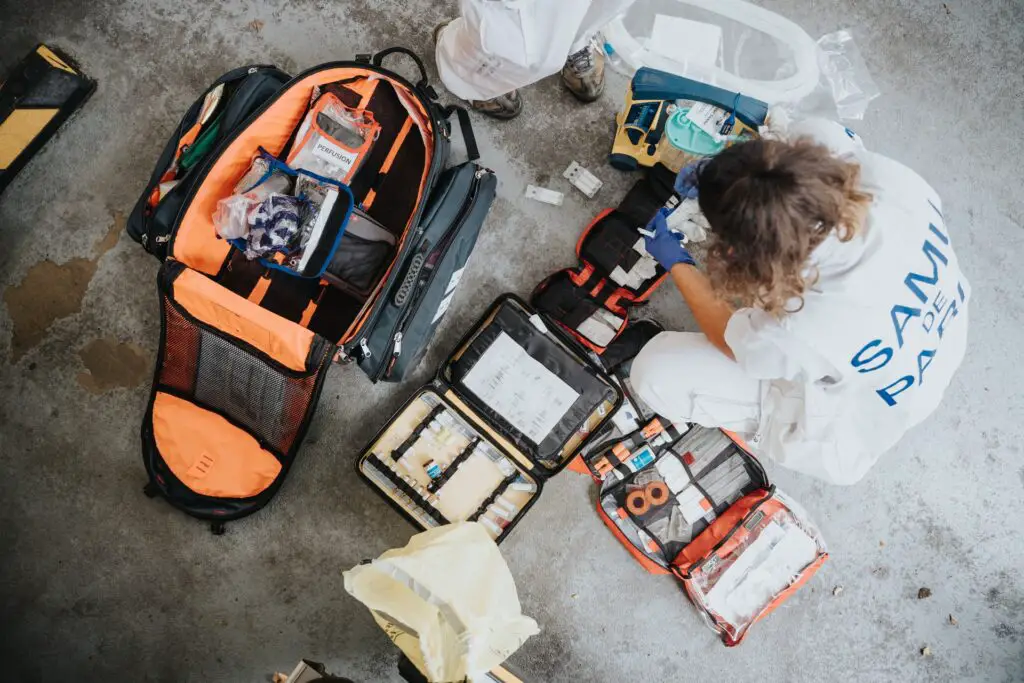Winter driving in Michigan can be a challenge. The weather is unpredictable, and because of this, road conditions are often precarious. Roads often become slick from rain or snow accumulation and may not be plowed as quickly as during other parts of the year. In addition to the physical challenges presented by winter roads, drivers must also contend with narrow roads (which may have only one lane open), hilly terrain, and curvy roads that make it difficult to see pedestrians or other vehicles approaching from behind.
Also, keep in mind that many cars are equipped with all-wheel drive, which increases traction but decreases acceleration due to added weight on the front axle, which results in decreased horsepower at lower speeds while accelerating up hillsides or through curves where traction becomes compromised
Michigan is a vast state. You can start at the southern border just north of Toledo, Ohio, drive a solid 10 hours to reach Ironwood, Michigan, and never leave the state. So it’s essential to be prepared for winter driving and emergencies when traveling in some of the more remote areas of the state.
Get Your Car Ready For Winter – Great Lakes winters can be brutal. Temperatures on a typical day dip below 30 degrees Fahrenheit and the strong winds from the lakes lead to massive snowfall. Here is how to get ready for the season.
What To Do If Your Stranded in Your Car
If you are stranded in your car, use extra caution getting out. Don’t leave the vehicle until you are sure it is safe. In areas where water is nearby, and temperatures are cold, do not drive around barricades or attempt to drive through or across ice-covered waterways—there may be hidden hazards underneath the ice that could cause you to get stuck or swept away by strong currents. If your vehicle stops on an incline (like in a ditch), stay inside with your seat belt securely fastened until help arrives; this will ensure that when help arrives, they can easily pull you out.
Getting Stuck in the Snow

If you get stuck in the snow, do not spin your wheels. It’s a common misconception that spinning your tires will help push you out of the snow or mud. This can cause them to dig deeper into whatever substance is holding you back and potentially damage your wheel bearings. Instead:
Don’t accelerate. If your car starts to move forward when it feels like it should be stuck, resist the temptation to press harder on the gas pedal—it’ll only make things worse
Don’t brake/shift into a lower gear. The same goes for pressing hard on the brakes or shifting into reverse (or any other lower gear)
Make An Emergency Car Kit
It’s essential to have an emergency kit in your car at all times. The kit should include a first aid kit, a reflective blanket, extra food and water, blankets, gloves and hats (in case of cold weather), flashlights or headlamps, and extra batteries.
It’s also good to include some tools you may need in case of an accident or breakdown: tire changing equipment; jumper cables; duct tape or zip ties; spare fuses; etc.
If you’re ever stranded on the road—or if someone else is—it can mean the difference between getting help and not getting help fast enough.
An emergency kit should be placed in a convenient location within easy reach from the driver’s seat so that it can be accessed quickly if necessary. The idea is not only that these items are readily available when needed but also portable—if something goes wrong with your vehicle while traveling through unfamiliar territory (e.g., getting stuck in snow), then being able to carry those items with you means that they won’t get lost while trying to find help nearby.”
Have a Plan and a Car Kit If You’re Stranded – We should all have an emergency kit in our cars. In order to decide what to put in your kit, you need to consider the weather in your area (here in Michigan, we know it will often be cold and snowy!) and what items will suit your family’s needs.
Driving In Flood Waters

Don’t drive around barricades, especially when flood waters could be hiding dangerous things like sinkholes and deep water. If you do choose to drive through a flooded area, proceed with extreme caution. You never know what’s lurking just beneath the surface of the water—and it might not be pretty!
Don’t do it if you’re driving through a road washout or overpass that has been flooded. Turn around and find another way around that obstacle!
A bridge is a bridge for a reason: because it crosses over something else that needs to be crossed over (a river or stream, perhaps). If there are no barriers keeping cars from crossing this structure—and remember that they usually aren’t there for aesthetic reasons—then DO NOT cross under them until they’ve been checked out by officials first!
Driving on Ice

Never try to cross icy areas by car unless you are sure about the depth and strength of the ice. The ice may be too thin or weak to support your weight. If you break through, you could get trapped underwater and freeze to death before rescuers arrive. Never drive out onto an open body of water, the Great Lakes included, if there is any doubt about its safety because it can be hazardous.
If you travel across an area of frozen open water, use extreme caution! You should never drive at speeds faster than 20 miles per hour (32 kilometers per hour). And even then, there’s no guarantee that driving straight across will be safe for everyone in your group—or just for yourself!
Likewise, if you hunt or fish in the Great Lake State, you must have the skills to survive in the wild. One of the most deadly outdoor sports is ice fishing. Each year many fishermen have to be rescued from drifting ice, or they perish when falling through it.
Survive Falling Through the Ice – You only have minutes to survive a fall through the ice. Here is what to do.
Final Thoughts About Driving in Michigan
Hopefully, this article has helped you better understand what it means to drive safely in Michigan. As we mentioned before, there are many factors that can affect how well your car runs during the winter season. However, if you follow these tips and stay informed about current conditions on the roadways, you’ll be perfectly prepared for whatever Mother Nature throws at you!




